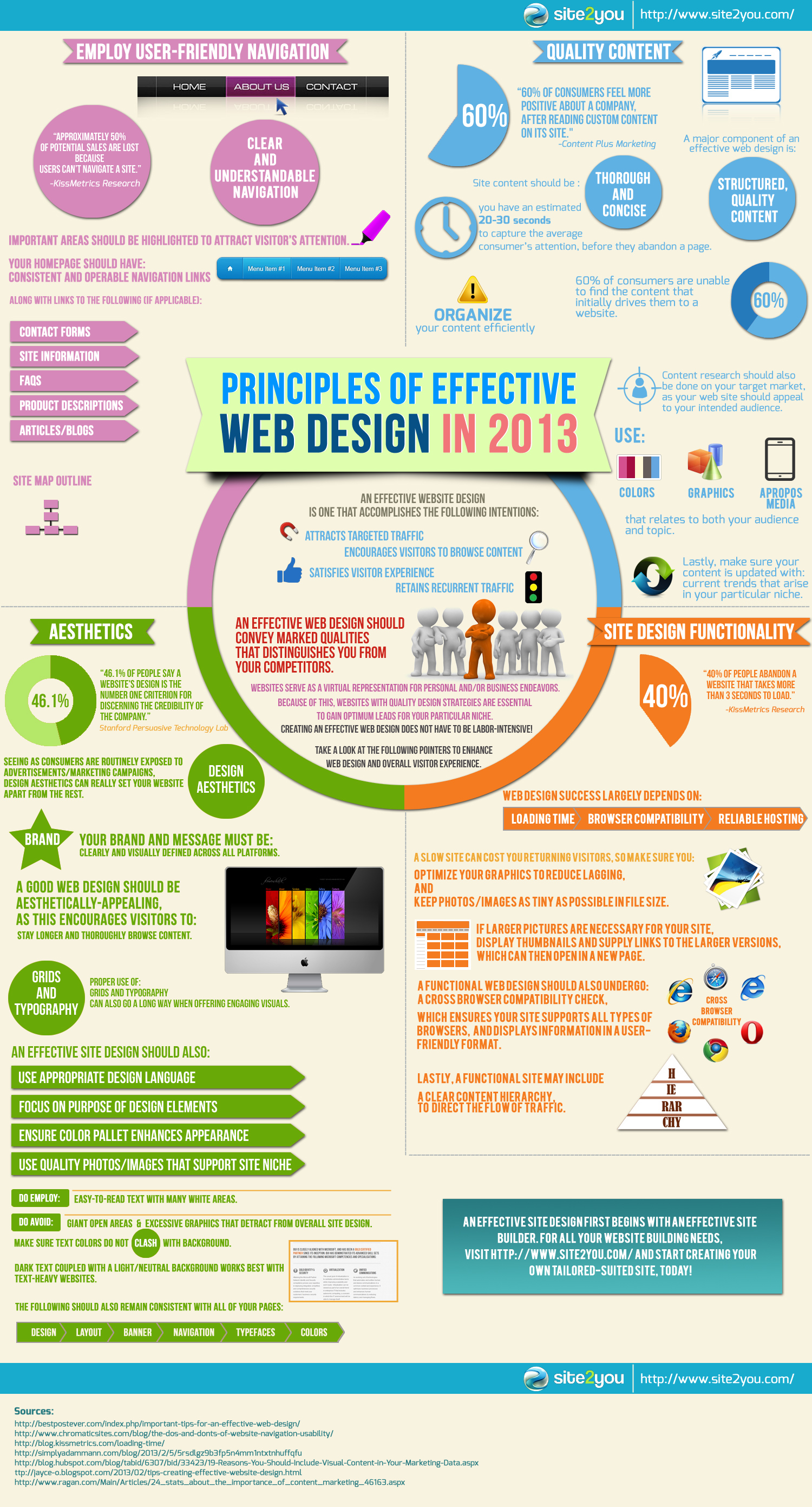Core Principles Of Site Design: Recommendations For Crafting A User-Friendly Online Presence
Core Principles Of Site Design: Recommendations For Crafting A User-Friendly Online Presence
Blog Article
Short Article Developed By-McKnight Thrane
When it pertains to site layout, ensuring user-friendliness is essential. From responsive design to streamlined navigation, every aspect plays an important duty in developing a site that accommodates your audience's demands. Yet what concerning the finer details that can make or break a user's browsing experience? Stay tuned as we uncover some often-overlooked suggestions that can elevate your site's use to the following degree, making it genuinely stand out in the digital landscape.
Significance of Responsive Layout
Receptive design is an important element of modern-day web site growth. Guaranteeing your internet site is receptive ways that it can adjust to various display sizes and devices, giving a seamless experience for customers.
With the raising use smart devices and tablets to access the net, having a responsive style is vital for reaching a wider target market. It helps in boosting individual experience by making your site very easy to browse and keep reading any type of tool.
Furthermore, responsive layout can favorably affect your search engine positions, as search engines like Google focus on mobile-friendly websites. By having a receptive design, you're likewise future-proofing your website, as new devices with differing display sizes remain to arise.
Simplify Navigating Framework
To boost customer experience and assist in simple accessibility to information on your website, improving the navigation framework is critical. When creating your site, concentrate on creating a clear and instinctive navigation food selection that aids visitors locate what they're searching for rapidly.
Limitation the variety of menu things to the basics, grouping associated web pages with each other to avoid overwhelming users. Use detailed tags that clearly show the web content of each web page, making it simpler for customers to recognize where each web link will take them.
Take into consideration applying dropdown menus for subcategories to prevent jumbling the major navigation bar. In addition, include a search bar plainly on the web page for users who favor looking for specific information.
best web design on mobile responsiveness in your navigation style to guarantee easy gain access to on all tools.
Enhance Page Tons Speed
Improving page tons speed is crucial for keeping site visitors on your site. Slow-loading pages frustrate users and can lead to high bounce prices. To enhance website packages , start by maximizing images. Press images without jeopardizing high quality to reduce their file dimensions.
Additionally, enable internet browser caching to store regularly accessed resources in your area, speeding up load times for returning site visitors. Minify CSS, JavaScript, and HTML files by eliminating unneeded characters, remarks, and format, improving tons speed.
Consider utilizing a web content delivery network (CDN) to distribute your internet site's material across numerous web servers worldwide, lowering latency for customers accessing your site from various places. Finally, restrict using third-party scripts and plugins, as they can dramatically influence lots times.
Verdict
Finally, by integrating responsive layout, streamlining navigating, and maximizing page load speed, you can create an easy to use web site that interest a larger target market and boosts individual experience. relevant webpage make sure that visitors can conveniently accessibility and navigate your website across different tools, resulting in increased interaction and complete satisfaction. By concentrating on these crucial aspects, you can build a successful site that keeps customers returning for more.
